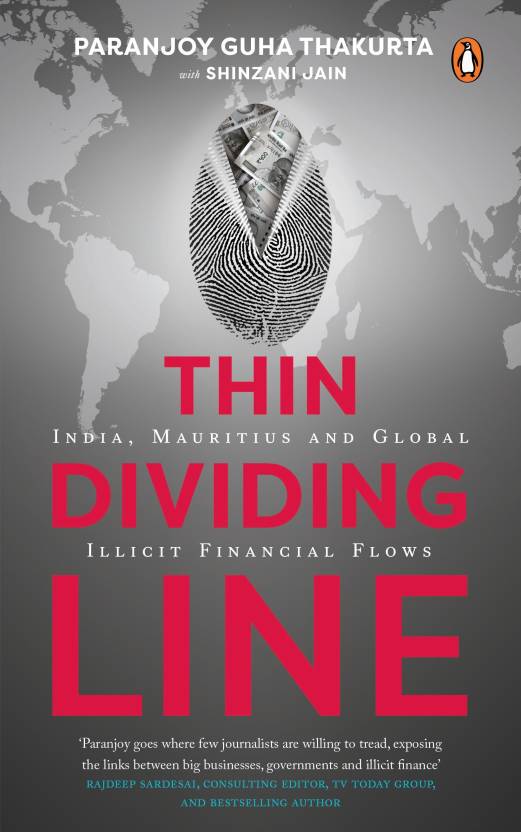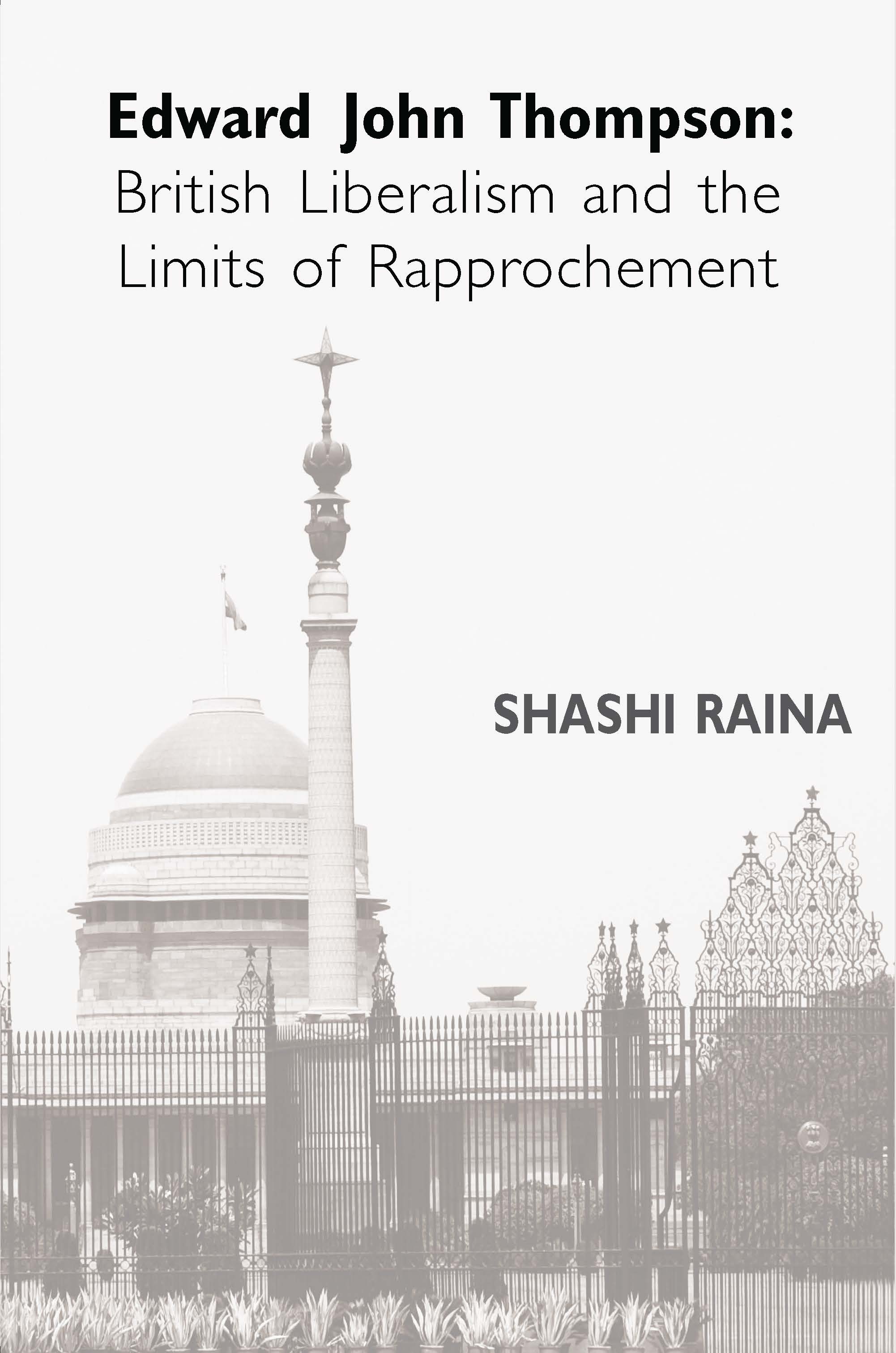On October 15, the Telecom Regulatory Authority of India answered the prime minister’s call for action. Not long after Narendra Modi criticised the countrywide phenomenon of calls drops, the regulator laid down rules to penalise mobile telephone operators in a knee-jerk reaction.
From January 1 next year, according to these new rules, telecom operators will have to pay consumers Re 1 for every call dropped, limited to a cap of three call drops per day.
Much of the discussion on the subject has so far been clouded in jargon. Look past the terminology however and it becomes clear that the rules are unrealistic and technically unfeasible to implement – they will not work unless the working of the system is improved. This article attempts to demystify the issue and suggest a few possible solutions.
But first, some background.
India's telecom revolution
Today, in most urban areas of India, there are more phones than humans – in a nation of 1.25 billion people, there are one billion SIM (subscriber identity module) cards and around 700 million mobile handsets, of which some 250 million are supposed to be smartphones.
This Great Indian Telecommunications Revolution has always had an ugly underside. After a series of scandals over pricing and allocation of airwaves for mobile communications, the latest series of disputes relate to the poor quality of services that result in frequent call drops.
More often than not, users are unable to complete their conversations at one go as the phone connection breaks mid-call. For consumers billed per second of call time (over 70% of all mobile subscribers), this is an irksome inconvenience. But for those consumers who don’t get billed per each second, there is also the added hassle of higher expenses since they have to call repeatedly to finish the conversation.
The Telecom Regulatory Authority of India defines a call drop as representing “the service provider’s inability to maintain a call once it has been correctly established”. The regulator explains: “Call drops means a voice call which, after being successfully established, is interrupted prior to its normal completion – the cause of the early termination being within the network of the service provider.”
Adequate infrastructure?
Why do calls from cellular phones drop? Consumers as well as many in the government believe this is largely a consequence of telecom companies not having put in place adequate infrastructure (including cell towers) while seeking to maximise profits. This view maintains that call drops are a result of a deliberate reduction of signals by operators to enhance usage.
Spokespersons of the companies, on the other hand, claim that networks are excessively congested due to shortage of electro-magnetic spectrum or airwaves that carry voice calls. The problem, they argue, can be resolved only after the government allocates more spectrum.
The companies also claim that connectivity has been adversely affected because local authorities have declared many cell towers illegal. Besides, there have been protests against the installation of cell towers by residents who fear they generate harmful radiation which may cause cancer.
Clearly, the arguments proffered by telecom companies did not convince too many people. The issue gained more traction on August 24 when Prime Minister Narendra Modi ordered instructions for the problem to be resolved at the earliest to alleviate the hardships faced by the aam aadmi. The government had to get its act together quickly.
On September 4, TRAI came out with a consultation paper on “compensation to the consumers in the event of dropped calls”. This paper noted that ordinary Indians were increasingly using cellular phones and, unless telecom companies upgraded their networks, service quality would deteriorate, not meeting consumer expectations.
Then, on October 15, TRAI issued a set of rules mandating telecom operators to compensate consumers by paying Re 1 for every call dropped from January 1, 2016. At the same time, though, the regulator limited the compensation to a maximum of three calls dropped per day.
The government says that telecom operators’ infrastructural facilities have not kept pace with their rising subscriber base, especially in large urban agglomerations like Delhi and Mumbai. In its new rules, TRAI mandated that if the operators don’t meet the benchmark set for the quality of service in two or more subsequent quarters, they will have to pay an increased penalty of Rs 2 lakh.
“The Authority feels that these measures will act as a sufficient deterrent against prolonged non-compliance and will further improve the quality of service in a time-bound manner,” TRAI said.
Legal and technical hurdles
Notwithstanding the high expectations of TRAI, the new rules may not solve the problems – indeed, they will be difficult to implement technically and legally.
Already, there are indications that industry associations will challenge the rules, first at the level of the Telecom Disputes Settlement and Appellate Tribunal and, thereafter, in high courts. The Cellular Operators Association of India, which represents leading telecom companies like Bharti Airtel and Idea Cellular, has said that it will seek “legal recourse” if its concerns are not addressed by TRAI.
Since the issue of dropped calls and compensating consumers could involve two or more operators – there are originating and terminating networks – there are bound to be disputes over deciding whose network failed. The rules will lead to confrontations between companies on the one hand, and between companies and consumers on the other.
According to Sanjay Bhasin of Nishthaa, a non-government organisation with which this writer is associated, there are major shortcomings in TRAI’s reporting mechanism for telecom service providers to comply with the prescribed quality of service benchmarks.
In response to the TRAI consultation paper, Nishthaa had suggested that the regulator set up a real-time online network-monitoring portal. Telecom companies already obtain this data for their networks, so they would only have to consolidate it in a format prescribed by TRAI.
Another suggestion made by Nishthaa was that TRAI should calculate the average call duration in a particular year – let’s assume this figure is 120 seconds. The regulator could then mandate that a consumer will not be charged by a telecom service provider if a call drops before this average duration, say before two minutes.
This would to some extent redress the grievances of the majority of subscribers who are billed per second of call time.


